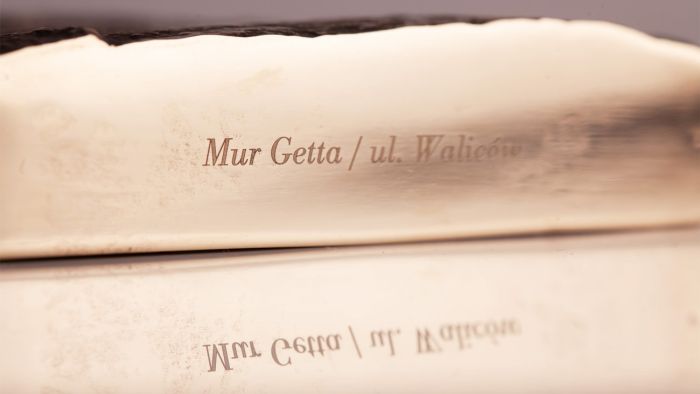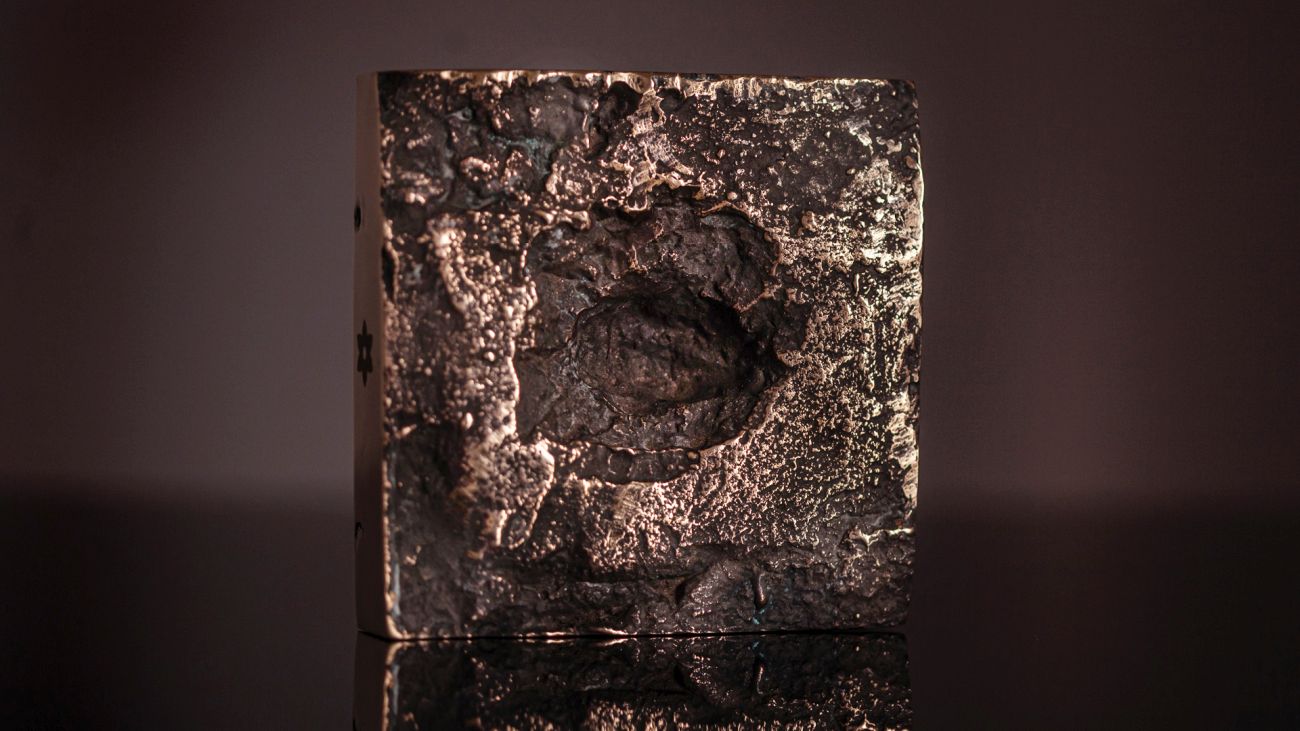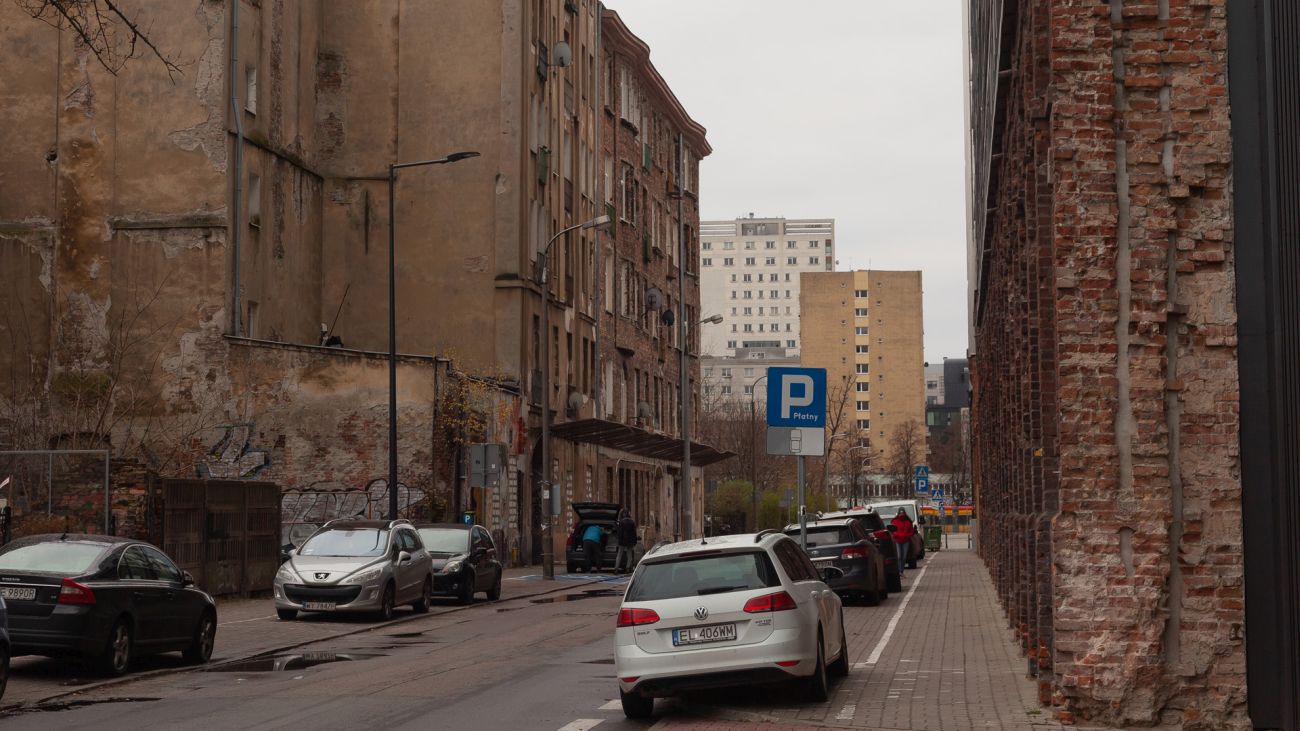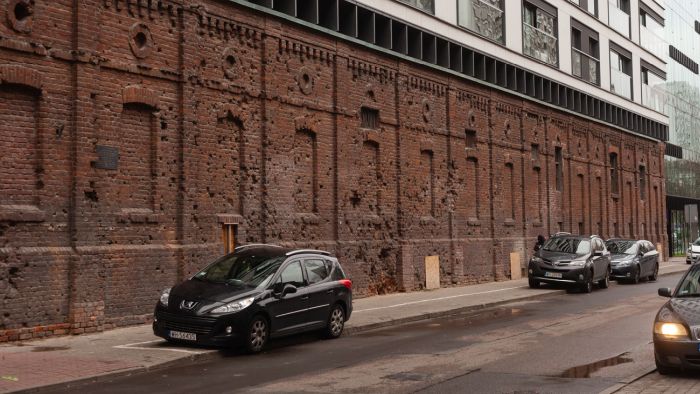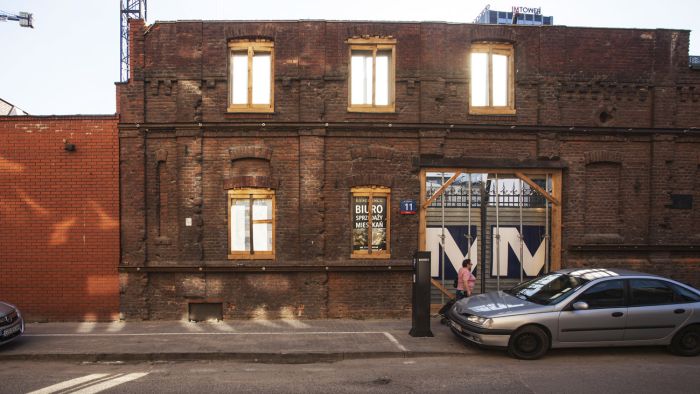When the Nazi occupants decided to section off the Warsaw ghetto in October 1940, a wall split Waliców Street right down the middle. Even numbers became part of the ghetto, odd numbers did not. Today the town house under the number 14 is one of the few surviving pre-war buildings in this area. Between the years 1940 and 1942, it stood right next to a border between two worlds.
From what information remain, we know that throughout the war the building was occupied by Dawid Szulman, a lawyer and member of the Jewish Military Union (ŻZW). He was the one who carried out a death sentence on Izrael Firszt for collaborating with Germans. The town house’s most famous tenant was Władysław Szlengel, a poet and lyric author who performed in Janusz Korczak’s orphanage during the time of occupation. Although overpopulated, the tenement building also became the home of an Uschomyr-born photograph, singer and satirist Menach Kipnis, who sang as a tenor in the Varsovian opera for over 16 years.
During the Warsaw Uprising, Waliców Street became a battleground for the Home Army Battalion “Sowiński”. The town house served as a front line, its windowless façade turned into a barricade.

